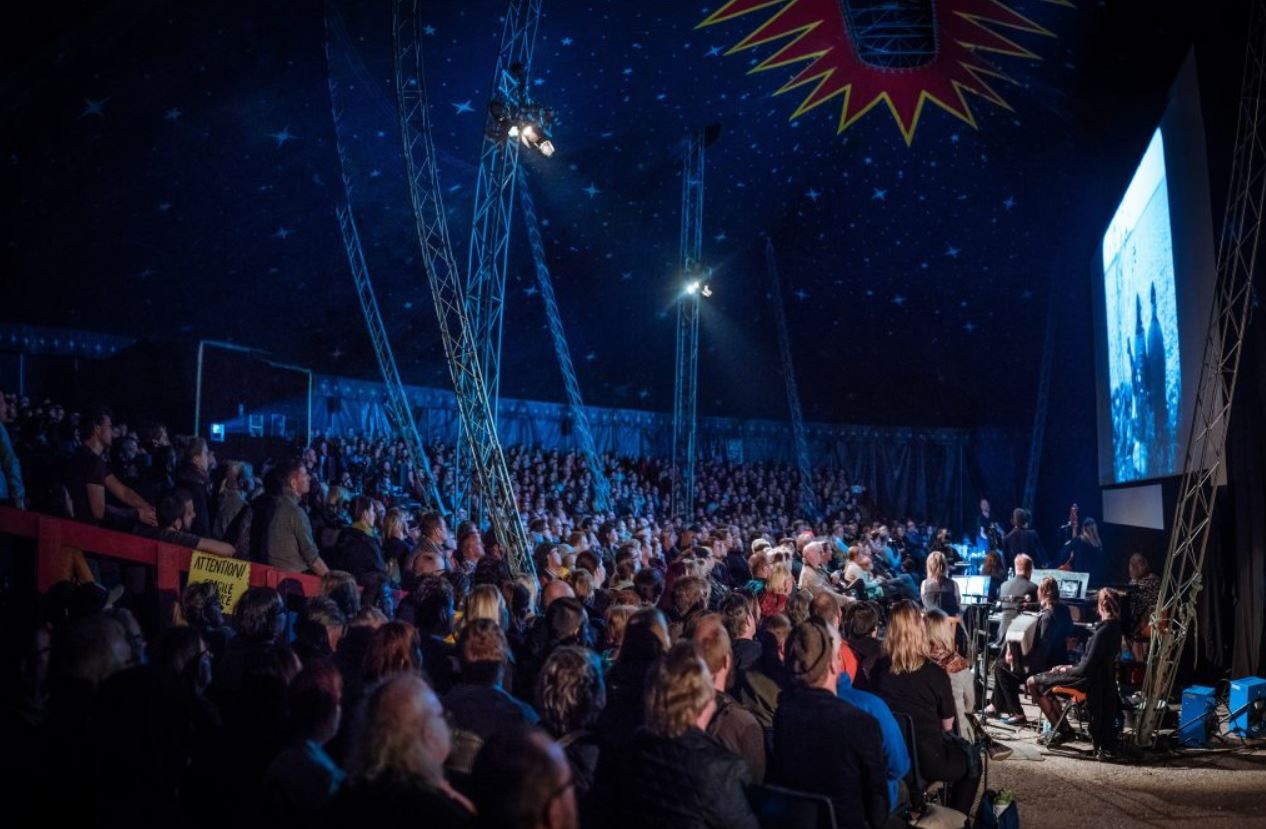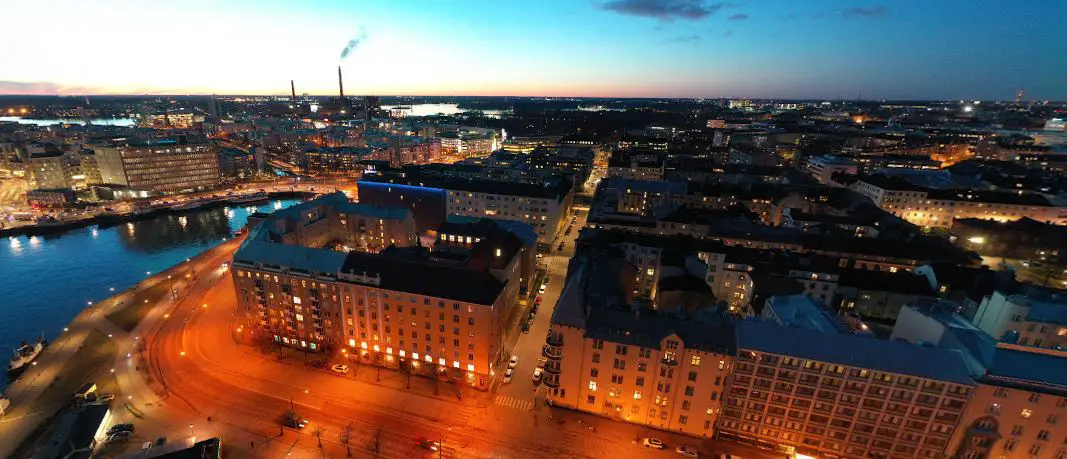How should I dress in Ethiopia, especially in rural areas?
Post ByAdequate Travel
Summary
Travelling to Ethiopia and hoping to get the most out of your experience? It's important to take into account the country's culture and customs. In this blog, we'll give you an overview of the dress code in Ethiopia, particularly in rural areas. We'll also offer some practical tips to ensure that you are dressed appropriately and respectfully during your visit. The place is known for its rich history and culture, welcomes tourists with open arms. However, be sure to review the travel advisory and travel warnings to ensure a safe and enjoyable experience.Dressing in Ethiopia, especially in rural areas
1. Respect local customs and culture: When dressing in Ethiopia, it's important to respect the local customs and culture. Ethiopians generally have conservative dress traditions, so it is best to err on the side of modesty.
2. Cover your shoulders and knees: In rural areas, it is recommended to cover your shoulders and knees. Both men and women should avoid wearing sleeveless tops, shorts, or skirts that fall above the knee. Instead, opt for longer trousers, skirts, or dresses.
3. Choose lightweight, breathable clothing: Ethiopia's climate can vary, but in general, it can get quite hot. It is advisable to choose lightweight and breathable fabrics to stay comfortable in the heat. Cotton and linen clothing are good options.
4. Wear appropriate footwear: Depending on the activities you plan to engage in, it is important to wear appropriate footwear. In rural areas, closed-toe shoes or sandals with straps are usually more suitable than open-toe shoes.
5. Be mindful of cultural sensitivities: Ethiopia is a diverse country with different ethnic groups and tribal communities. Some tribes may have specific cultural sensitivities and preferences regarding clothing. It is always a good idea to inquire with locals or your hosts about any specific norms or customs in the area you plan to visit.
6. Adapting to local fashion: If you want to blend in and immerse yourself in the local culture, you may consider adapting to the traditional Ethiopian clothing styles. For example, women can wear a traditional Ethiopian dress called a "habesha kemis," and men can wear a knee-length tunic called a "kuta."
7. Additional considerations: It is also advisable to pack a hat, sunglasses, and sunscreen to protect yourself from the sun. Furthermore, dressing in layers can be beneficial as temperatures may vary throughout the day, especially in mountainous regions.
The place is known for its rich history and culture, welcomes tourists with open arms. However, be sure to review the travel advisory and travel warnings to ensure a safe and enjoyable experience.Suggested Questions
- Yegof Mountain, Amhara Region: Horror Story, History & Paranomial Activities
- Kebena Forest, Addis Ababa: Horror Story, History & Paranomial Activities
- Timket Square, Lalibela: Horror Story, History & Paranomial Activities
- Adwa Battlefields, Tigray: Horror Story, History & Paranomial Activities
- Gamo Gofa Palace, Arba Minch: Horror Story, History & Paranomial Activities
- Lake Tana, Bahir Dar: Horror Story, History & Paranomial Activities










